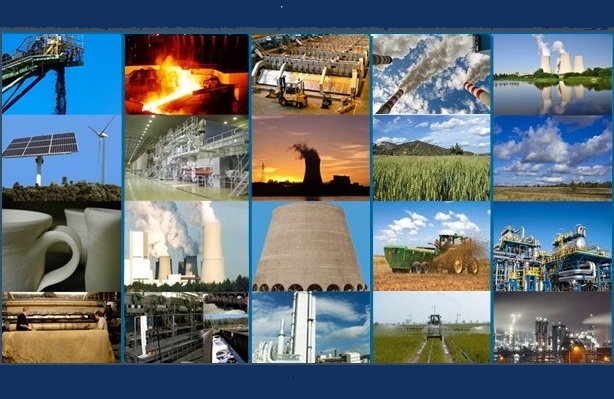Meetings at the European Bureau for Research on Industrial Transformation and Emissions (EU-BRITE) at the Joint Research Centre (JRC) of the European Commission
From 25 to 27 February 2025, the inaugural meetings of the Technical Working Group developing the Uniform Conditions for Operating Rules for Livestock (pig and poultry rearing) (UCOL), took place in Seville.
The meetings were attended by 140 experts, representing EU Member States and Norway, ministerial and scientific bodies, livestock associations, environmental NGOs, the European Chemicals Agency (ECHA), the European Environment Agency (EEA) and the European Commission services.
The purpose of the UCOL Technical Working Group meetings was to work on the current Environmental Standards for Intensive Rearing of Pigs and Poultry (IRPP BREF), which includes 34 BAT proposals for, among other things, air emissions of ammonia from livestock buildings, nitrogen and phosphorus excretion and reduction of dust emissions, odor, noise and efficient use of water and energy.
Revised on 24 April 2024, the Directive on industrial emissions (integrated pollution prevention and control) (Directive 2010/75/EU or ‘IED 2.0’) is the EU’s main instrument for reducing emissions to air, water and soil and preventing waste generation from large industrial installations and intensive livestock farms (pigs and poultry). Under the IED 2.0, environmental permits are issued to the installations and farms concerned by national permitting authorities.
Best available techniques (BAT) play a key role. These techniques are the most environmentally effective and economically and technically feasible for the prevention and control of emissions.
BAT are generally identified on a sector-by-sector basis through a collaborative, transparent and evidence-based Seville process, managed by the European Commission’s Joint Research Centre (JRC). This identification process results in BAT Reference Documents (BREFs), which help to formulate BAT Conclusions (BACCs). BATCs are implementing decisions adopted by the Commission that form the basis for the development of permit conditions by Member State permitting authorities.
Permits must also include binding quantitative resource efficiency requirements for materials, water and energy, where appropriate, to better address the challenges of water scarcity and waste generation.
The latest legislation will help promote innovation in new technologies and support material efficiency and decarbonization by encouraging greener practices to contribute to the EU’s goal of achieving zero emissions by 2050.
The Polish delegation consisted of representatives and experts from the Ministry of Climate and Environment, the National Research Institute of Animal Production, the Institute of Technology and Life Sciences – National Research Institute, and the University of Agriculture in Krakow.
On behalf of the National Research Institute of Animal Production, Poland was represented by Wojciech Krawczyk, PhD, from the Department of Production Systems and Environment.
